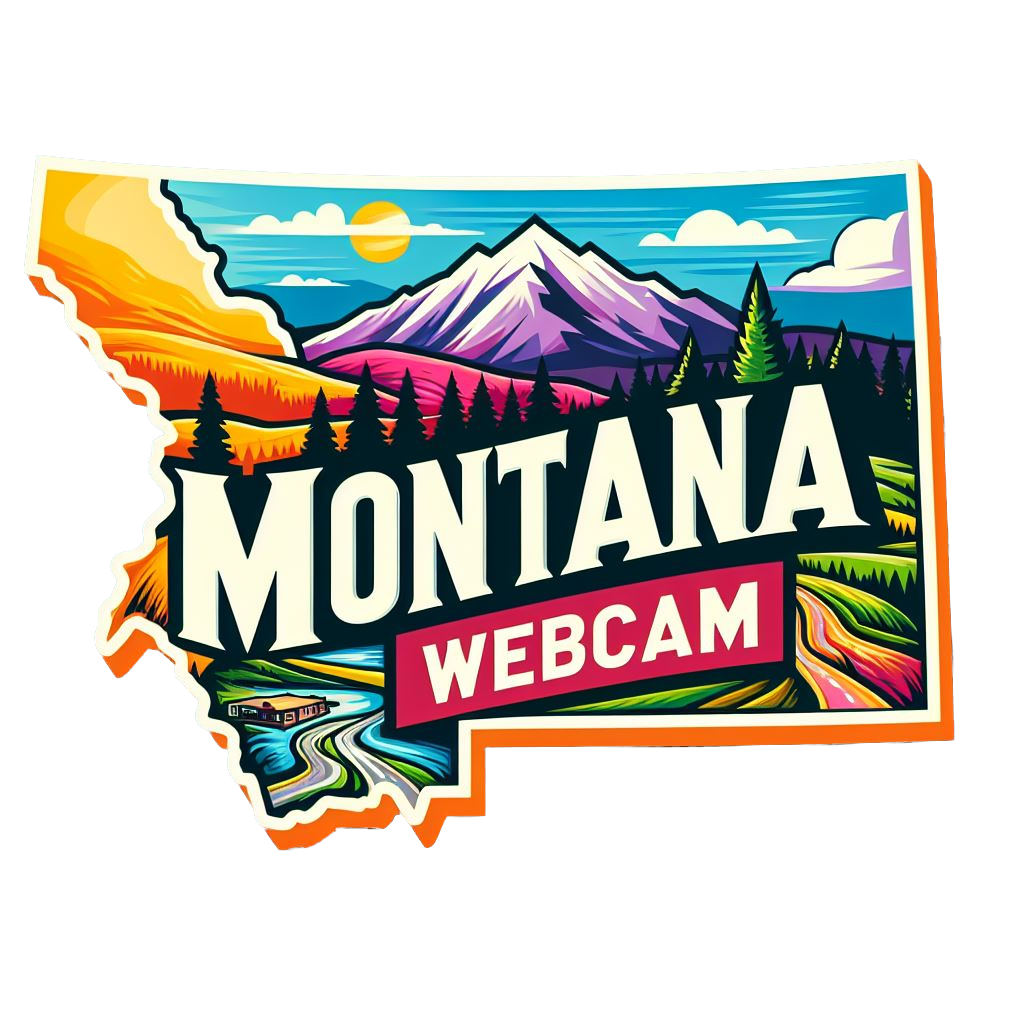Dillon, MT Weather Cams
NBC Montana Cam
Dillon, Montana: A Gateway to the American West
Dillon, MT Weather Cams. Nestled in the sweeping landscapes of southwestern Montana, Dillon stands as a testament to the enduring spirit of the American West. From its early days as a vital railroad hub to its modern role as a center for agriculture, education, and outdoor recreation, Dillon’s history is a rich tapestry woven from the threads of exploration, industry, and community.
Early Beginnings
The area around Dillon was originally inhabited by Native American tribes, including the Shoshone, Bannock, and Nez Perce, who traversed the land for centuries, drawn by the fertile valleys and abundant wildlife. The Lewis and Clark Expedition passed through the Beaverhead Valley in 1805, documenting the region’s natural beauty and resources, which would later attract settlers and entrepreneurs.
Founding and Railroad Boom
Dillon’s official establishment dates back to 1880, when the Utah and Northern Railway, a narrow-gauge line extending from Utah through Idaho and into Montana, decided to build a terminus in the area. Named after Sidney Dillon, a prominent railroad executive and president of the Union Pacific Railroad, the town quickly grew as a key rail link in the Northern Rockies.
The arrival of the railroad was a game-changer for Dillon. It facilitated the transportation of goods and people, transforming the town into a bustling commercial hub. By 1881, Dillon was incorporated as a city, and its population swelled with an influx of settlers, merchants, and ranchers looking to capitalize on the burgeoning opportunities.
Economic Development
The late 19th and early 20th centuries were periods of rapid economic development for Dillon. The town became a crucial supply center for mining camps and ranches in the surrounding areas. Agriculture, particularly cattle ranching and sheep herding, flourished thanks to the fertile soil and favorable climate of the Beaverhead Valley.
Dillon’s prosperity was further bolstered by its strategic location along the Oregon Short Line Railroad, which connected it to major markets across the United States. The town’s economy diversified with the establishment of flour mills, lumber yards, and other industries that supported the agricultural sector.
Education and Culture
Education has always played a significant role in Dillon’s community. In 1893, the Montana State Normal School was established, later evolving into the University of Montana Western. This institution has been instrumental in shaping Dillon’s identity, providing quality education and serving as a cultural and intellectual hub for the region.
Dillon’s cultural landscape is enriched by its historical landmarks and annual events. The Beaverhead County Museum, founded in 1951, preserves the town’s rich heritage with exhibits on Native American history, pioneer life, and the impact of the railroad. The annual Dillon Jaycees Rodeo and Montana’s Biggest Weekend, held every Labor Day weekend, celebrate the town’s cowboy culture and draw visitors from across the state.
The 20th Century and Beyond
The 20th century brought both challenges and opportunities to Dillon. The Great Depression of the 1930s affected the town’s economy, but the resilience of its residents saw it through tough times. World War II brought economic revitalization, with increased demand for agricultural products and the construction of military training facilities in the region.
Post-war Dillon continued to thrive, albeit at a slower pace than during its boom years. Advances in agriculture, such as irrigation and mechanization, improved productivity and sustained the local economy. The town’s population remained stable, and community life flourished with the establishment of civic organizations, recreational facilities, and local businesses.
Modern Dillon
Today, Dillon is a vibrant community that blends its historical roots with modern amenities. With a population of around 4,200, it serves as the county seat of Beaverhead County and a regional center for education, healthcare, and commerce. The University of Montana Western remains a cornerstone of the community, attracting students and contributing to the town’s cultural and economic vitality.
Agriculture continues to be a mainstay of Dillon’s economy, with cattle ranching and crop farming playing significant roles. The town has also embraced tourism, capitalizing on its scenic surroundings and outdoor recreational opportunities. The nearby Beaverhead-Deerlodge National Forest, Big Hole River, and Clark Canyon Reservoir offer activities such as fishing, hiking, and camping, drawing nature enthusiasts year-round.
Dillon’s historic downtown area, with its preserved 19th-century buildings, provides a charming backdrop for local businesses, shops, and restaurants. The community’s commitment to preserving its heritage while fostering growth is evident in initiatives to renovate and maintain its historical sites.
Conclusion
The story of Dillon, Montana, is one of perseverance, adaptability, and community spirit. From its origins as a railroad town to its present-day role as a center for education and agriculture, Dillon has continually reinvented itself while honoring its rich history. Its residents, past and present, embody the rugged determination and pioneering spirit that define the American West, ensuring that Dillon remains a vibrant and welcoming place for generations to come.
For more information, visit the official Dillon, MT website.
